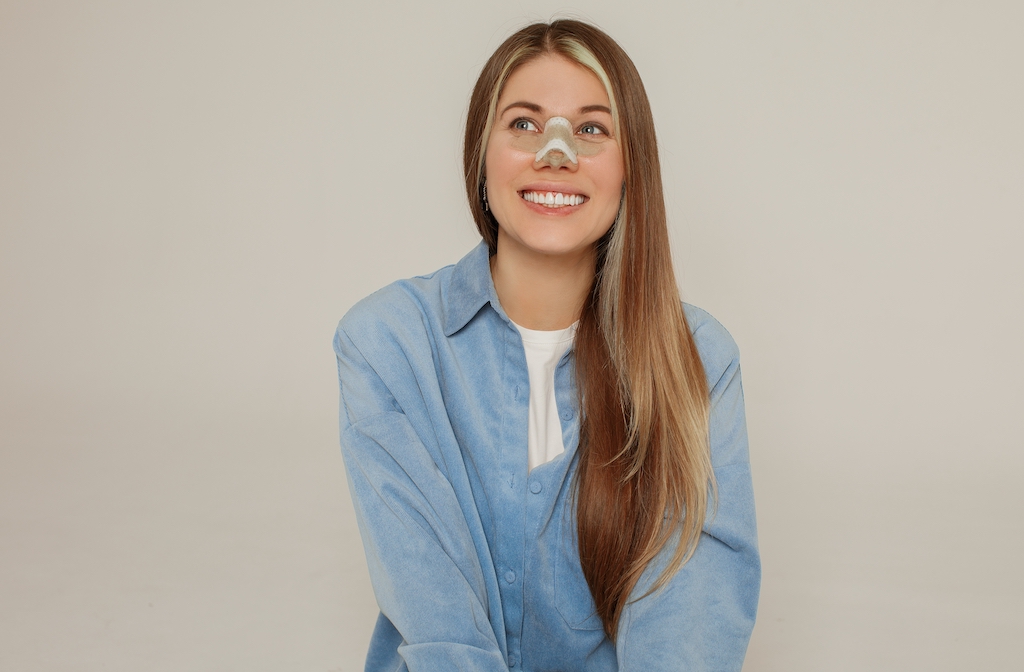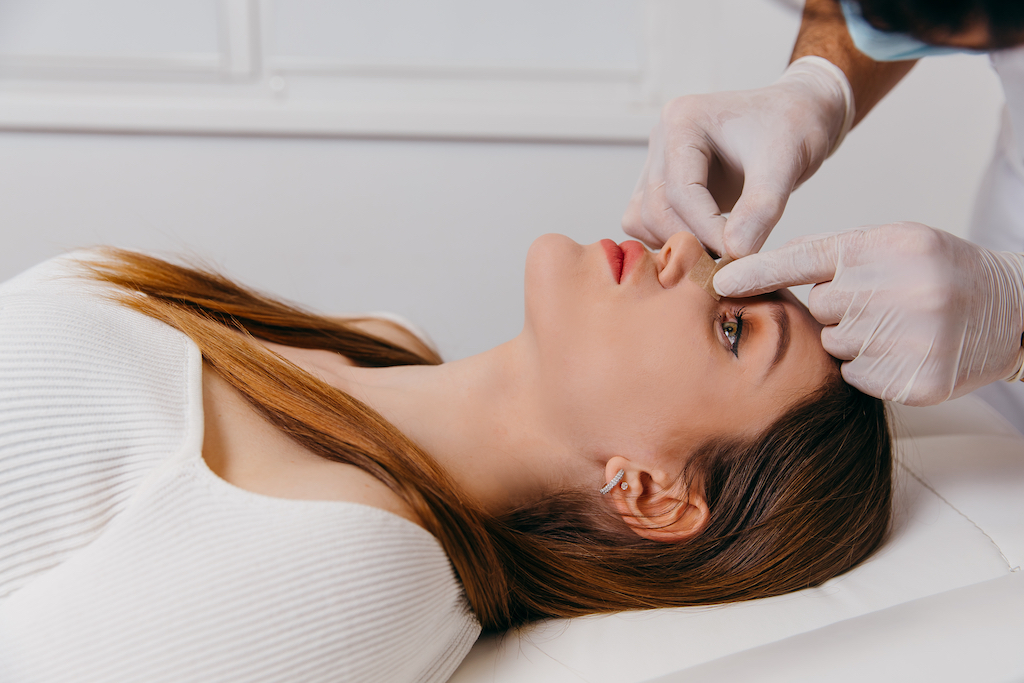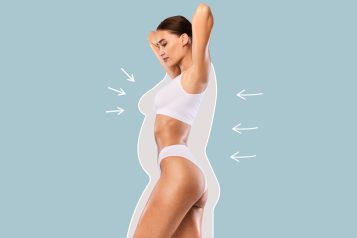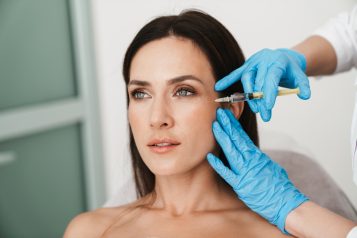Gabrielle B. Davis, MD is a practicing Plastic Surgeon in Beverly Hills. Dr. Davis redefines aesthetic medicine by implementing her unique research background in tissue regeneration into her medical practice to reduce the effects of aging on the body. Dr. Davis’s mission is to create natural-appearing results by implementing scientific principles of aging with the sound surgical technique. Her philosophy is that while aging is a normal process of life and scientifically we can not stop the process, we can definitely redefine the concept of “aging gracefully.”

Deciding what’s right for you when it comes to a serious decision like plastic surgery can be quite difficult, especially as options continue to grow and change. However, rhinoplasty, or a nose job, is one of the most commonly performed plastic surgeries. For patients desiring minor adjustments, non-surgical rhinoplasty is another option with temporary results which uses dermal fillers.
Beyond altering the aesthetics of your face, rhinoplasty can resolve visual problems, including the dorsal hump, wide dorsum, bulbous tip, and under/over rotation of the nasal tip. Others might seek a rhinoplasty for breathing issues, adjustments to the bridge or nostrils, or even to repair the nose following injury. Recovering from the surgery can be even more challenging for patients anxiously awaiting visible results.
 Photo Credit: Shutterstock
Photo Credit: Shutterstock
While there’s no way to avoid the recovery stages that follow a rhinoplasty, Haute Beauty expert Dr. Gabrielle Davis has a few tricks to share with patients struggling with rhinoplasty aftercare. First, know what to expect when you’re going into surgery. The procedure itself will normally take around three to five hours. For rhinoplasties, nasal splints typically stay in for around five to seven days after surgery, followed by weeks of swelling and bruising, making it difficult to see what the final result will look like right away.
To help make your healing process more enjoyable and effective, Dr. Davis also recommends the following:
- Rest when you can. Your doctor will help advise you on how much you should be resting and how long you should take off of work
- Walk daily. While resting is essential to healing, some light movement is also crucial to helping your body work as quickly as it can to recover from surgery.
- Sneeze with your mouth open. Opening your mouth when you need to sneeze will help relieve some pressure from your nose so you don’t damage any stitches in the process.
- Avoid rubbing your nose. Any harsh contact can affect stitches as they heal.
- Listen to your doctor. Obviously, there’s more than one way to recover, and everyone’s journey looks a bit different. That’s why consulting and listening to your doctor is vital.
For more information, visit Dr. Brian A. Levine's social media:

























